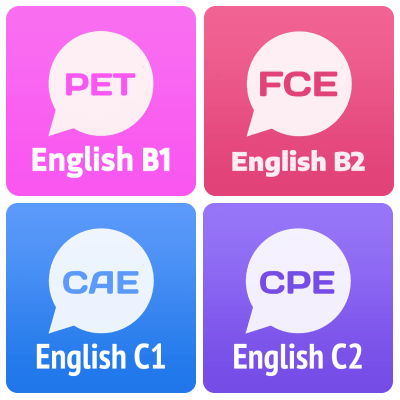Present Continuous
The Present Continuous (or Present Progressive) is used for actions happening now or around the present moment. It also describes future plans and temporary situations. It is formed with 'am/is/are' + verb-ing.
Back
Present Continuous
The present continuous (sometimes called the present progressive) tense in English is really easy to make and is the same for all verbs. We make it using the present simple of 'be' + verb-ing:
Here is how we make the positive:
| Positive | Contracted Positive |
|---|---|
| I am sleeping | I'm sleeping |
| you are sleeping | you're sleeping |
| he is sleeping | he's sleeping |
| she is sleeping | she's sleeping |
| it is sleeping | it's sleeping |
| we are sleeping | we're sleeping |
| they are sleeping | they're sleeping |
We can make the negative by adding 'not':
| Negative | Contracted Negative |
|---|---|
| I am not sleeping | I'm not sleeping |
| you are not playing | you aren't playing |
| he is not reading | he isn't reading |
| she is not working | she isn't working |
| it is not raining | it isn't raining |
| we are not cooking | we aren't cooking |
| they are not listening | they aren't listening |
Questions are also really, really easy. Just like we made the question with 'be' in the present simple, here we also put 'am', 'is', or 'are' before the subject to make a 'yes / no' question:
| Yes/No Questions |
|---|
| am I eating chocolate? |
| are you studying now? |
| is he working? |
| is she doing her homework? |
| is it raining? |
| are we meeting at six? |
| are they coming? |
For 'wh' questions, just put the question word at the front:
| Wh Questions | |
|---|---|
| Why am I eating chocolate? | |
| What are you studying now? | |
| When is he working? | |
| What is she doing? | |
| Why is it raining? | |
| Who are we meeting? | |
| How are they travelling? |
When Should I Use The Present Continuous Tense?
1. First, we use the present continuous for things that are happening at the moment of speaking. These things usually last for quite a short time and they are not finished when we are talking about them.
- I'm working at the moment.
- Please call back as we are eating dinner now.
- Julie is sleeping.
2. We can also use this tense for other kinds of temporary situations, even if the action isn't happening at this moment.
- John's working in a bar until he finds a job in his field. (He might not be working now.)
- I'm reading a really great book.
- She's staying with her friend for a week.
3. We can use the present continuous for temporary or new habits (for normal habits that continue for a long time, we use the present simple). We often use this with expressions like 'these days' or 'at the moment'.
- He's eating a lot these days.
- She's swimming every morning (she didn't use to do this).
- You're smoking too much.
4. Another present continuous use is for habits that are not regular, but that happen very often. In this case we usually use an adverb like 'always', 'forever' or 'constantly'. Often, we use the present continuous in this way to talk about an annoying habit.
- You're forever losing your keys!
- She's constantly missing the train.
- Lucy's always smiling!
5. The next use is for definite future arrangements (with a future time word). In this case we have already made a plan and we are pretty sure that the event will happen in the future.
- I'm meeting my father tomorrow.
- We're going to the beach at the weekend.
- I'm leaving at three.
We can't use this tense (or any other continuous tense) with stative verbs.
